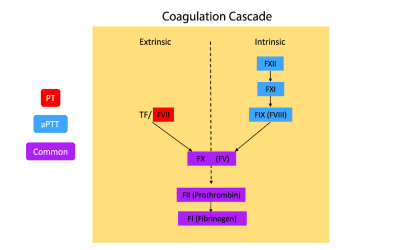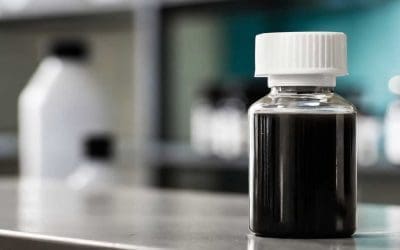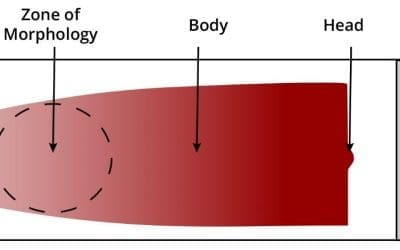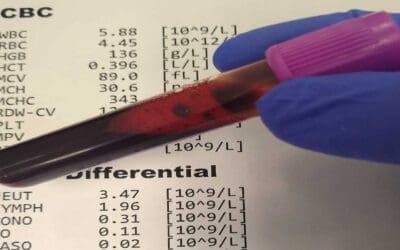This test unmasks sickle cells: crescent shadows under the microscope, revealing HbS’s hidden grip on red blood cells.
Indirect Antiglobulin (Coombs) Test (IAT)
Unmask hidden blood threats! IAT protocol detects antibodies in serum, ensuring safe transfusions & diagnosing immune disorders.
Direct Antiglobulin (Coombs) Test (DAT)
To detect the presence of antibodies or complement proteins bound to red blood cells (RBCs) in vivo, indicating potential immune-mediated hemolysis.
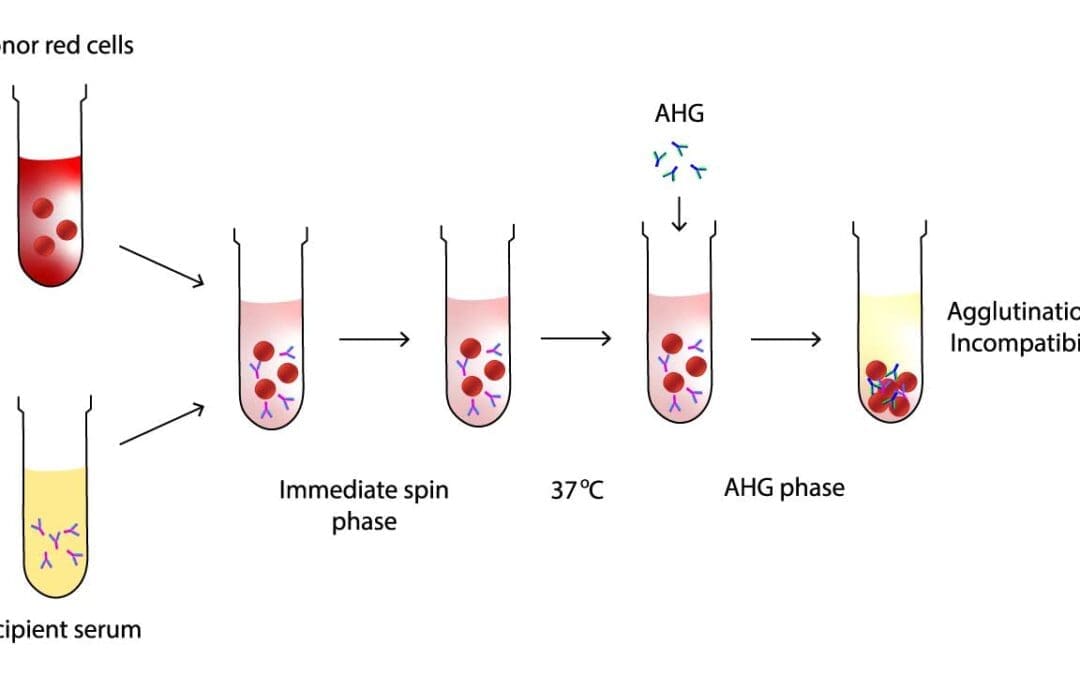
Serologic Crossmatch
Crossmatching mimics transfusion by mixing recipient serum & donor cells. Clumping (agglutination) indicates incompatibility, preventing transfusion reactions.
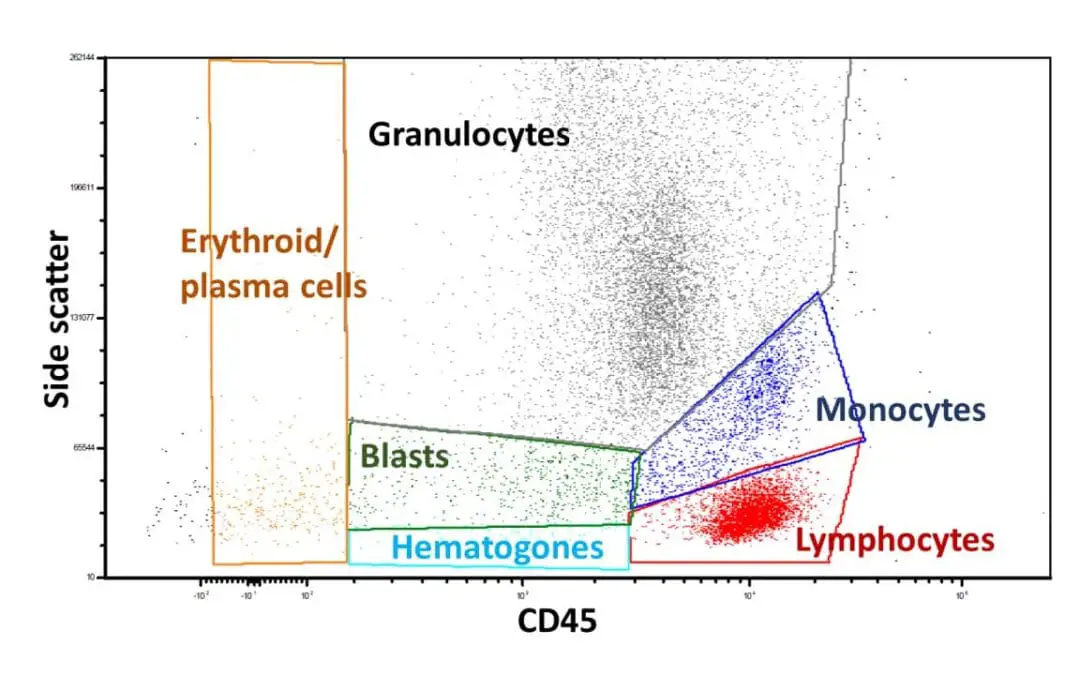

Flow Cytometry Immunophenotyping of Blood
Blood cells stained with fluorescent antibodies reveal hidden markers, like a cellular fingerprint. Flow cytometry analyzes millions of cells, painting a detailed picture of immune health, disease clues, and treatment insights.



Serologic Crossmatch
Crossmatching mimics transfusion by mixing recipient serum & donor cells. Clumping (agglutination) indicates incompatibility, preventing transfusion reactions.
Prothrombin Time (PT) & INR
The PT assay is used to diagnose and monitor a variety of bleeding and clotting disorders by measuring how long it takes a blood clot to form.
Erythrocyte sedimentation rate (ESR)
ESR measures the sedimentation rate or the length red blood cells fall in a vertical tube over a period of time.
Brilliant Cresyl Blue (BCB) Stain (Methylene Blue)
BCB or new methylene blue (NMB) stains are also known as supravital stains. These stains are commonly used to stain reticulocytes, Heinz bodies or H inclusions
Preparation of Peripheral Blood Smears
A drop of blood spread on a slide, reveals morphological abnormalities of the blood cells that can be viewed under the microscope.
CBC with Differential and Other Reference Ranges
Reference ranges like complete blood count (CBC) with differential are important because they provide a baseline for interpreting laboratory test results.
Myeloperoxidase Reaction (MPO) Stain
A stain mainly used to differentiate AML from ALL and gives a bluish to brownish tinge in cells with lysosomal enzyme.

